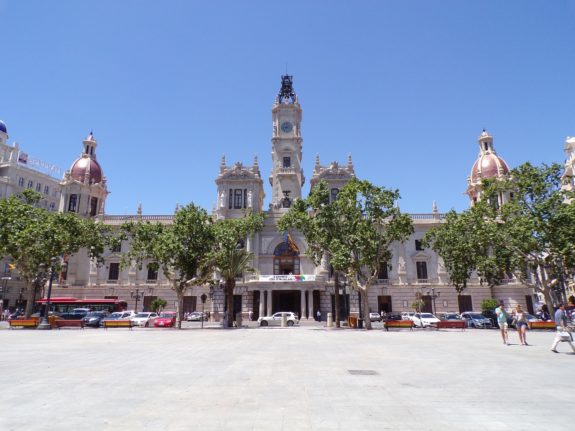Spain’s General Directorate of Civil Protection and Emergencies, which belongs to the Ministry of the Interior, proposed the new “system of warnings for the population” in early 2022.
The system then went through various testing stages across different regions in October and November 2022 and on Wednesday February 22nd, it was officially launched across the country.
Through this new ES-Alert service, the Spanish government will be able to warn people of any catastrophes or other potentially dangerous incidents that occur near the area where they are.
It will allow for a “much faster and more effective” response to particularly serious situations that may have a direct impact on the population, according to a statement from Spain’s Interior Ministry.
This could include anything from a huge snowstorm such as Madrid’s 2021 Storm Filomena, to a volcanic eruption like the one which took place on the Canary island of La Palma.
How will it work?
The alerts will be sent automatically to all mobile phones in the affected area, a process known as reverse 112, and will be available in any part of the Spanish territory with mobile phone coverage, whether it’s 2G, 3G, 4G or 5G. It will be managed from all the emergency centres in each region, as well as in the enclaves of Ceuta and Melilla.
You must, however, have a modern smartphone for it to be compatible with the system, it won’t work with a very old phone.
What about tourists and foreigners in Spain?
The technology used means that it won’t only be those with registered Spanish mobile numbers who will receive the alerts; anyone with a mobile phone in a specific area will receive one if their phone is switched on and connected to the network, regardless of their foreign phone number.
The alerts will be in Spanish, as well as in English and any regional languages such as Catalan.
What will happen when I receive a message?
The messages will be accompanied by an alarm ringtone and vibration so that users will know when an important notification has arrived. The alarm will play constantly until you’ve read the message. The system will only work with two alert levels out of the three established by the current Civil Protection Protocol.
The Filomena storm and the eruption of the Cumbre Vieja volcano in La Palma were alert level two incidents.
Leonardo Marcos, general director of Civil Protection in Spain, has defined this service as a “112 in reverse”.
The alert system is part of the measures included in the Plan for Connectivity and Digital Infrastructures and the Recovery, Transformation and Resilience. It is a result of the collaboration between the Interior Ministry and the Ministry of Economic Affairs and Digital Transformation and is financed by European recovery funds.
Es-Alert is integrated into the National Alert Network and is managed by the Interior Ministry through the National Emergency Monitoring and Coordination Center (CENEM) of the General Directorate of Civil Protection and Emergencies.



 Please whitelist us to continue reading.
Please whitelist us to continue reading.
Member comments